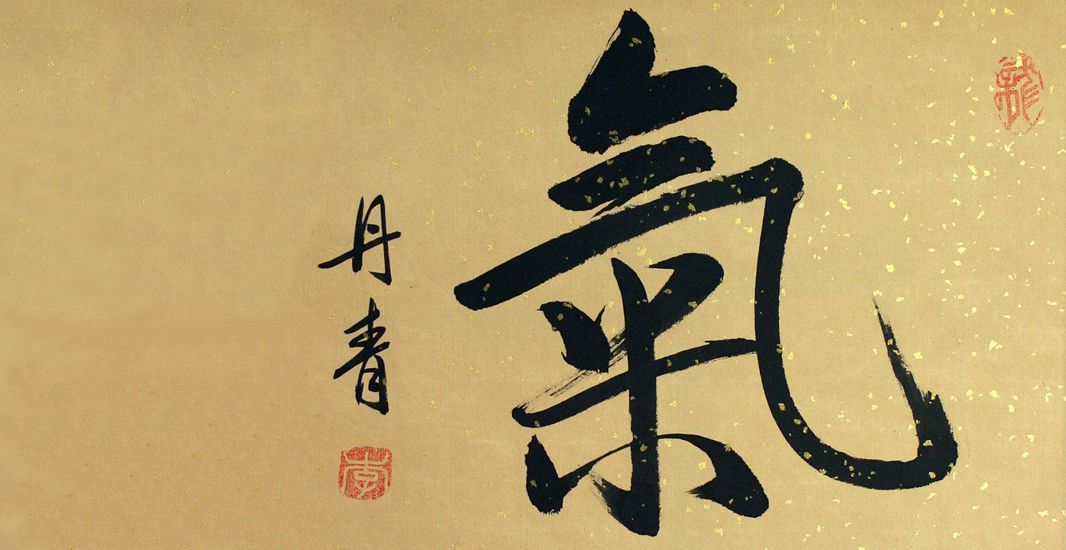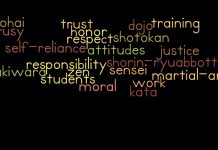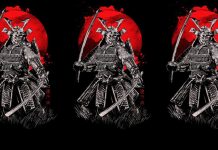As a viable part of the martial artist’s arsenal, chi, and specifically noncontact chi, is dubious, at best–at least as long as its proponents continue to babble definitions that defy understanding and claim examples of its power that remain clearly in the unproven realm of folklore. Until proof is presented–not “more” proof, for we have none, as yet–we will have to settle for a chi that is a synergistic, near-perfect union of mind, body, and spirit for the accomplishment of a specific task–which in our case is effective self-defense. This kind of logical definition removes the shroud of mystery from the elusive chi and strips it of its undeserved “metaphysical” label.
Ed Parker summed it up beautifully when he said, “It must be remembered that whenever a subject develops definable qualities, when the unknown becomes known, the mysticism disappears. Martial arts are a real and tangible subject.” A real and tangible definition of chi actually facilitates sound martial art study, for it makes the student work as much on perfecting his technique as he does on his physical conditioning. The axiom “perfect technique comes from perfect practice” is as true today as it ever was. Chi or no, there is still no shortcut to real martial skill.
Our emphasis is on the practical.
This article about the practical definition of chi is reproduced with the permission of Bob Orlando. Please contact him at Bob@OrlandoKuntao.com or visit his website.










